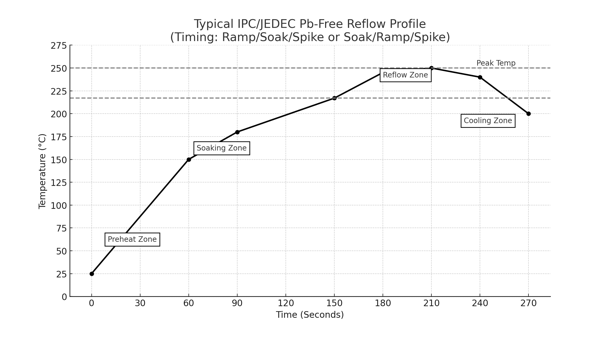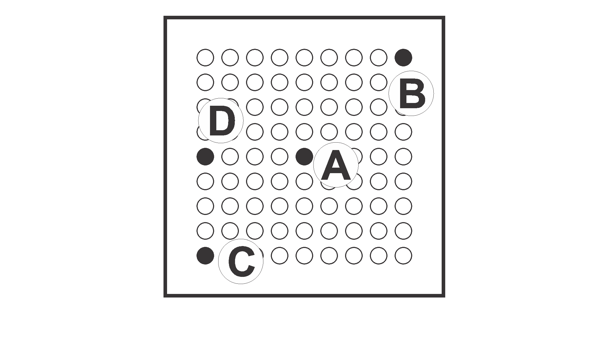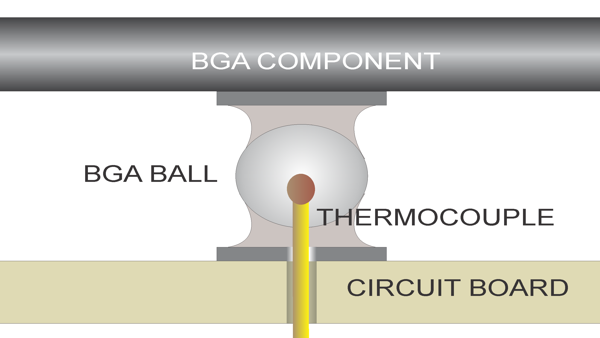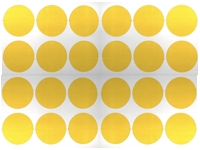|
Outline
This process covers the development and criteria for establishing profiles for BGA removal and replacement.
|
|||||||||||||||||||||||||||||||
|
Procedure
Caution - Operator Safety: A thorough review of the equipment manual and comprehensive training is mandatory. Daily maintenance is essential. Consult the equipment manual for more information.
BGA Soldering Profile Instructions
Develop Removal Process
|
|||||||||||||||||||||||||||||||
Images and Figures
BGA Component Rework Profile Development, Standard Method

Figure 1. Sample time/temperature profile.

Figure 2. BGA component thermocouple locations

Figure 3. Thermocouple location within the solder ball.
|
|||||||||||||||||||||||||||||||
9.2.1 BGA Component Rework Profile Development, Standard Method
Procedure covers process steps to develop a BGA rework profile on circuit board assemblies.
Minimum Skill Level: Advanced
Conformance Level: High
REQUEST FOR QUOTE GUIDES INDEX

BGA Component Rework Profile Development, Standard Method

Sample time/temperature profile.

BGA component thermocouple locations

Thermocouple location within the solder ball.

For help with BGA rework, contact the globally recognized authority, trusted by aerospace, defense, and electronics manufacturers.
LEARN MORE
SLIDESHOW STARTING
❮
❯















